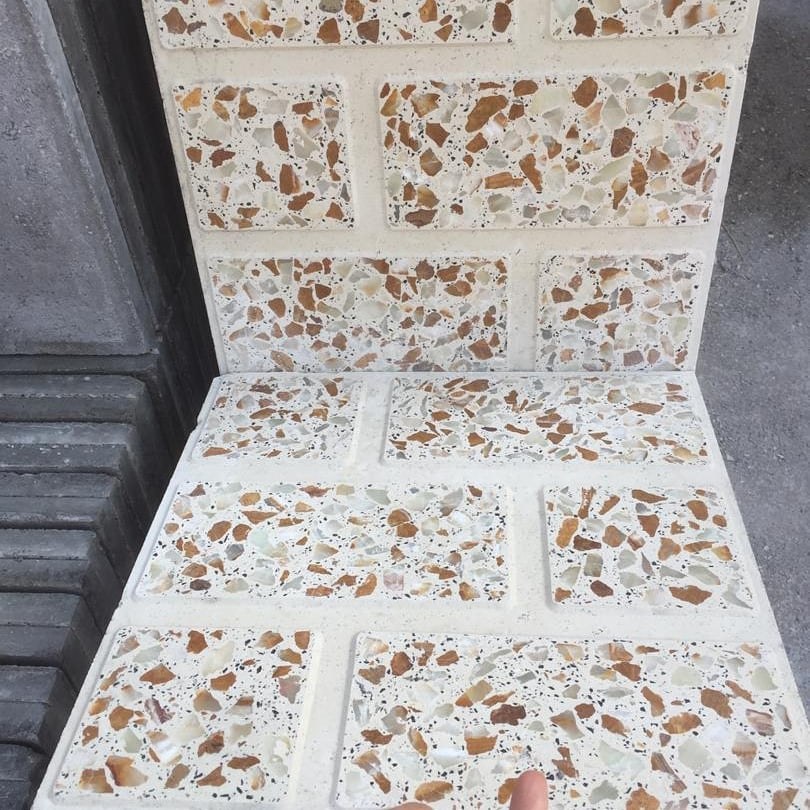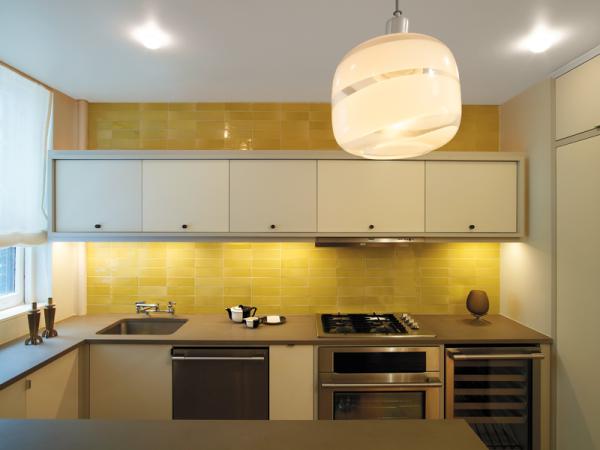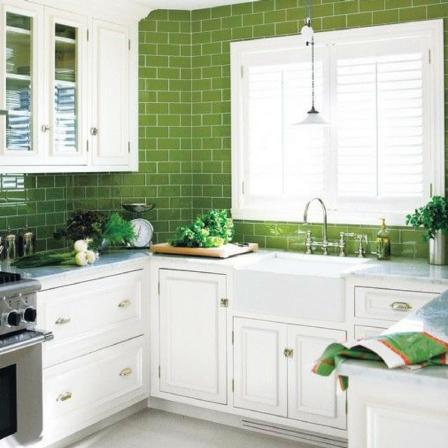Ceramic tiles have emerged as a versatile and popular flooring option in India. With rapid urbanization, increasing disposable incomes, and a growing preference for stylish and aesthetically pleasing interiors, the ceramic tiles market in the country has witnessed significant growth in recent years. This article provides an overview of the ceramic tiles market in India, highlighting key trends, growth drivers, challenges, and future prospects.


The Indian ceramic tiles market has experienced remarkable growth in both production and consumption. According to a report by Research and Markets, the market was valued at INR 250 billion in 2020 and is projected to reach INR 501 billion by 2026, growing at a compound annual growth rate (CAGR) of around ۱۱% during the forecast period.


Increasing Urbanization: The ongoing urbanization in India has been a major driver of the ceramic tiles market. The demand for ceramic tiles is primarily concentrated in urban areas due to the rising number of commercial and residential construction projects.
Growing Preference for Premium Tiles: Indian consumers are increasingly shifting towards premium and designer tiles, including digitally printed and glazed vitrified tiles. This trend is driven by the aspiration for luxurious interiors and the desire for unique designs.
Technological Advancements: The ceramic tiles industry in India is witnessing significant advancements in technology, particularly in digital printing and inkjet technology. This has enabled manufacturers to produce tiles with intricate patterns, designs, and textures, enhancing the overall appeal of their products.
Green Initiatives: With growing environmental concerns, there is a rising demand for eco-friendly and sustainable products. Manufacturers are focusing on producing ceramic tiles with green certifications, such as low carbon footprint and recyclable materials, to meet evolving consumer preferences.
Infrastructure Development: The Indian government’s emphasis on infrastructure development through initiatives like “Housing for All” and “Smart Cities Mission” has contributed to the increased demand for ceramic tiles, particularly for affordable housing and urban infrastructure projects.
Rising Disposable Income: The rising disposable incomes of the middle class have led to increased spending on home improvement and renovation projects, boosting the demand for ceramic tiles.
Rapid Urbanization: India’s urban population is projected to reach 600 million by 2031, driving the demand for housing and creating a favorable market for ceramic tiles.
Intense Competition: The ceramic tiles market in India is highly competitive, with both domestic and international players vying for market share. Manufacturers need to invest in research and development, design innovation, and marketing strategies to stay ahead in this highly competitive landscape.
Price Sensitivity: Price sensitivity remains a significant challenge in the Indian market. Despite the increasing preference for premium tiles, cost-conscious consumers often opt for low-cost alternatives like vinyl or wooden flooring, hampering the growth of the ceramic tiles market.
The future outlook for the ceramic tiles market in India remains promising. The government’s continued focus on infrastructure development, the rising trend of urbanization, and the increasing disposable incomes of the middle class are expected to drive the demand for ceramic tiles. Additionally, the growing awareness about the benefits of ceramic tiles, such as durability, ease of maintenance, and hygiene, will further contribute to market growth.
The ceramic tiles market in India is witnessing robust growth, driven by factors such as urbanization, infrastructure development, and evolving consumer preferences. With technological advancements and an increasing focus on sustainability, the market offers immense opportunities for domestic and international players. To sustain growth and overcome challenges, manufacturers need to invest in innovation, design differentiation, and marketing strategies to stay competitive in this dynamic market.



